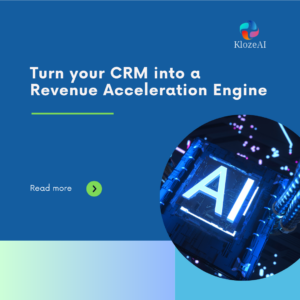Why, When and How to Choose a Sales Acceleration Platform
Leading IT Product, Services, Systems and Semiconductor companies with state-of-the-art GTM are seeing a boost of up to 30% faster deals and 25% higher sales efficiency with a Sales Acceleration Platform. Could you benefit from such a boost? Would you like to have more confidence in your forecasts? Would your team benefit from automatically discovering stakeholders in the accounts where they are trying to upsell or cross-sell? If you answered yes to any of these questions, then sales acceleration can be the key to success. Learn how sales acceleration allows businesses to track and predict revenue, reduce overhead costs, and invest in future growth with this list of four steps that show how to increase revenue predictability with sales acceleration.
What Does Sales Acceleration Really Mean?
Typically, when people hear sales acceleration, they immediately think about sales quotas and goals. While that is a critical aspect of it, there’s actually more to it than meets the eye. Sales acceleration refers to an approach where real-time data is driving the sales strategy to boost sales within their business. It is designed for each stage in your company’s growth and incorporates various methods that work best with different types of companies.
Why: Benefits of Sales Acceleration
1) Faster closure of Deals
Unlike traditional sales, which can take months or even years to close a deal, sales acceleration techniques rely on automated recommendations to win over customers. These recommendations get better with Machine Learning and adapt to customer segments, sales cycles, and geographies. With blocks uncovered and removed quickly as a result of these recommendations means faster revenue for your business and much happier clients.
2) Much higher Sales Efficiency
Speed is key in today’s ever-changing world, so anything that can save you time or help you get to where you need to be faster is a good thing. Thanks to sales acceleration technology, businesses no longer have to worry about manually keeping track of leads and tasks associated with each individual client. This means less time spent researching leads and more time spent actually closing deals. Imagine the platform writing the CRM for you !!
3) Data-Driven Forecasting
Sales managers have a Real-Time “Air Traffic Control Dashboard” with real-time visibility in outcomes and activities in each account, contact and deal. Additionally, early warnings, contextual background and “recommendations to help the team” give them real confidence (and data) to stand behind their forecasts.
When: Signals for Considering Sales Acceleration?
A great way to determine whether you need a sales acceleration program is by using a 3-Question Framework. Ask yourself,
Is my Team Size > 5?
Do I have enough sellers in my team where I don’t really know the main activities outcomes and next steps for their deals. Or am I spending too much time in weekly meetings trying to understand those? We typically see that when team size is over 5, the managers start struggling and are constantly in a “20 Questions” mode just trying to keep up with the team in the hope of being able to help them. Instead, they leave the team members feeling highly micro-managed.
Do I need more data to forecast better?
An outcome of the ad-hoc approach above is poor forecasting by the sales managers. Without Account, Contact or Deal Scoring, those managers resort to “experience”, which is frequently hard to explain and even harder to defend when the forecast misses. Having a platform that your team and executives buy into is a data-driven way to forecast.
Am I just managing or helping my team close deals?
Without the account or deal context and the early warnings, managers and Executives cannot help because the news comes to them too late. For example, knowing of a missing stakeholder could be fixed easily in the deal cycle but is often only recognized during the deal post-mortem or win/loss analysis.
How: A Framework For Implementing Sales Acceleration
The key here is to choose a technology that seamlessly fits into both the existing sales process and the tool stack. The former can be done by ensuring that the new platform does NOT require additional work from the sellers or you – the sales manager. The latter requires that it is seamlessly integrated into your tool stack, especially the CRM





